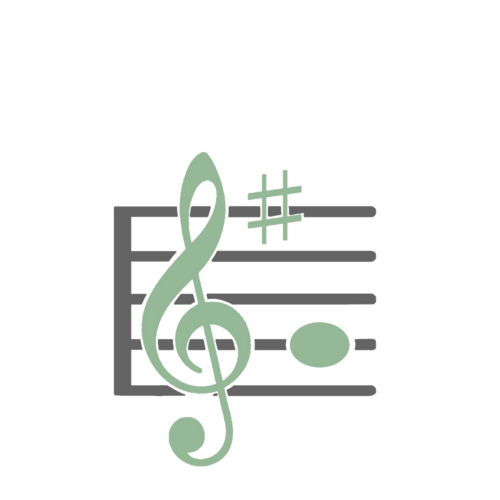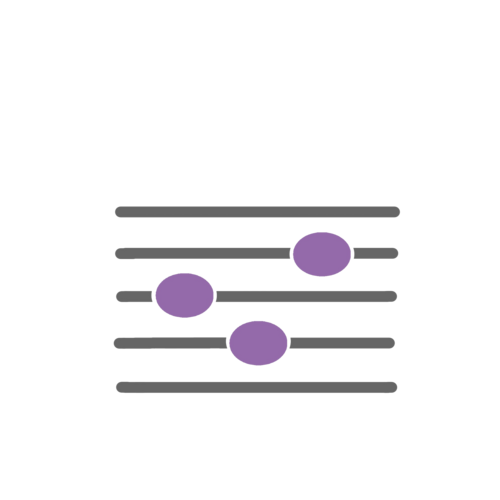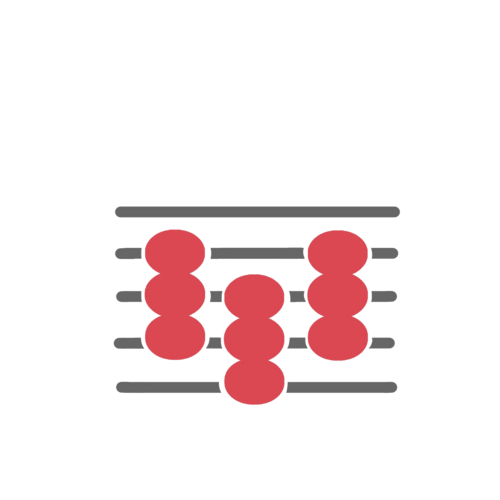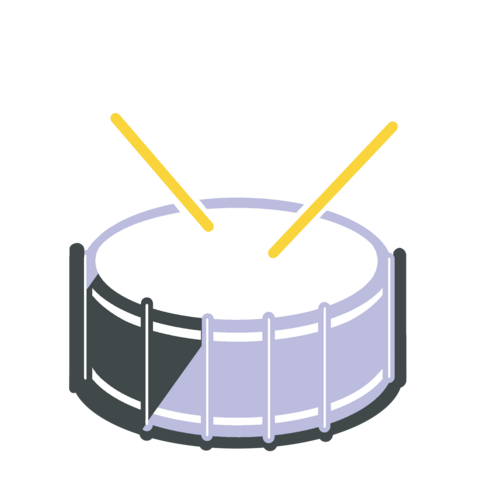Games for Ear Training and Music Theory
Here is the complete catalog of all our critically acclaimed ear training and music theory games, organized by category. The first three levels of all games are free. You can record your scores and track your progress by creating a free account.
Not sure where to start? Find out which games are best for you.

Pitch

Tonality

Keys

Scales

Intervals

Melody

Harmony
View all game descriptions

Sound

Pitch

Rhythm

Tonality

Intervals

Melody

Harmony


